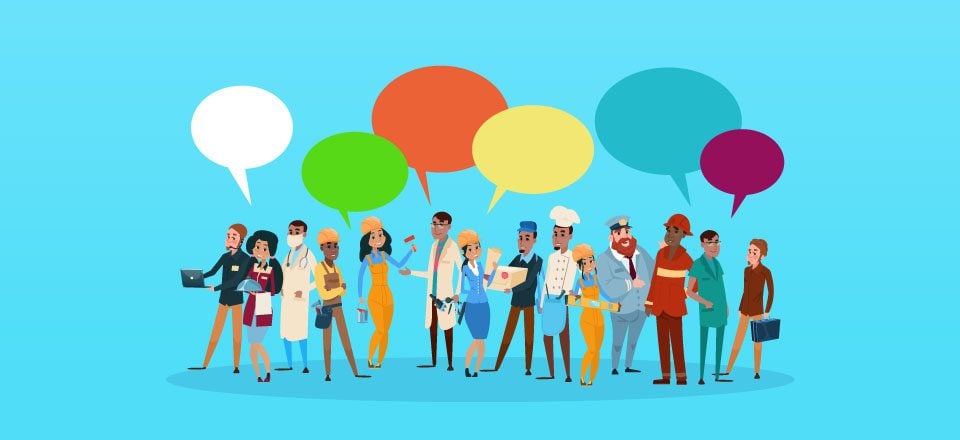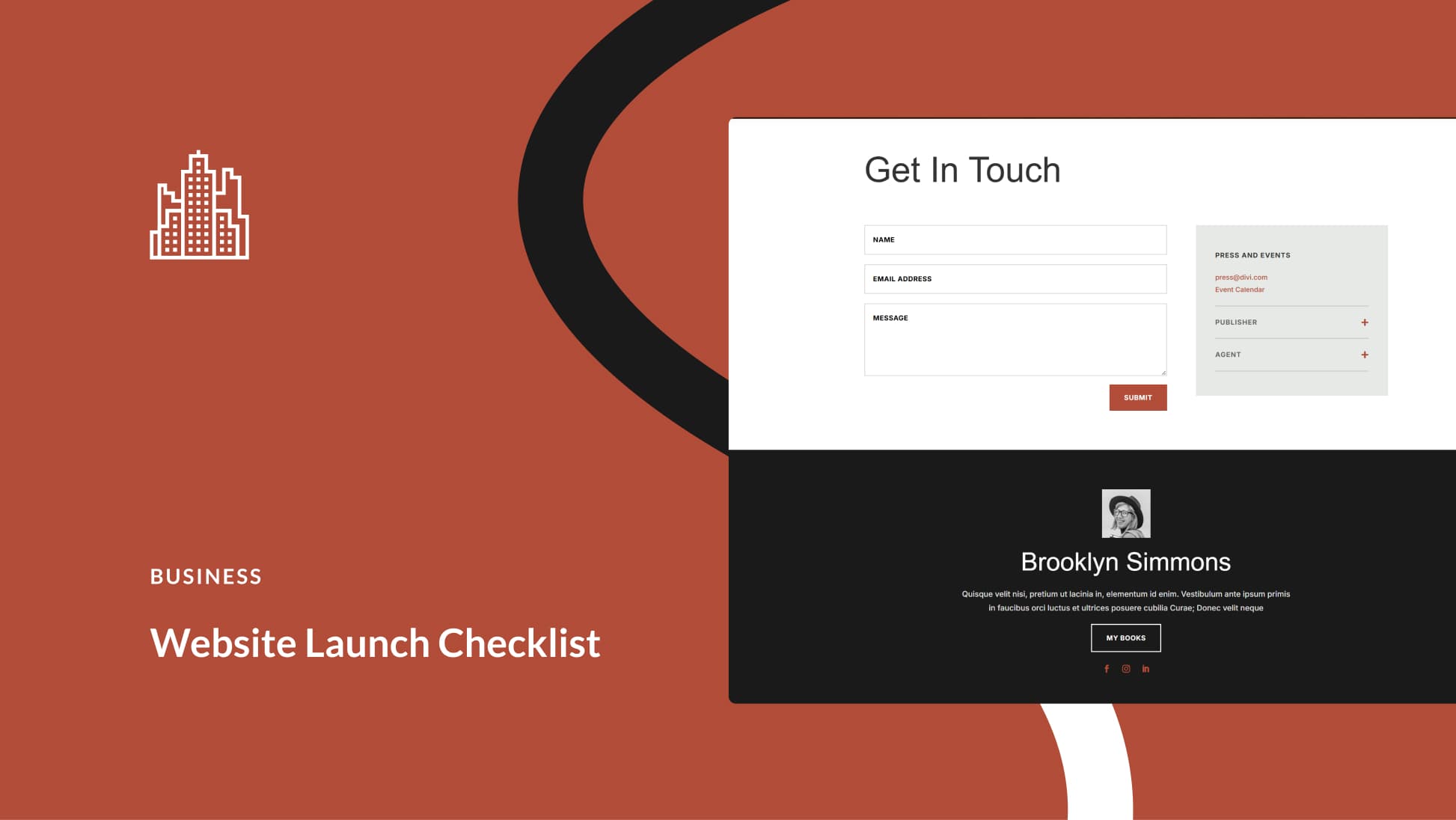When I worked at The Culinary Institute of America, we had a Dale Carnegie-inspired seminar on how to talk people. The speaker had us close our eyes and envision this:
You’re walking down a neighborhood street and you stop in front of a house. There’s a gate with the homeowner’s name on it. You push through and then look up at the house. A couple of kids and a dog are hanging out the window, waving at you. A plane flies overhead. Up out of the ground comes a huge arm with a catcher’s mitt and catches the plane.
There were some other details in there, but that’s the gist of it. It’s a visual guide with conversation starters. The name on the gate is the person’s name – i.e., introductions. The neighborhood is location – “Where are you from?” The other details represent family, travel and sports – “Do you have kids? Did you take a vacation this past summer? Catch the game last night?”
Most importantly, it’s a way to quickly think of things to talk about when you’re meeting someone and your mind goes blank.
You may be a pro at putting together a cold email or crafting autoresponders that get great engagement rates, but talking one-on-one is a whole other animal. Even the savviest marketing techniques can’t replace good ol’ in-person conversation. When you have to nurture a relationship in the real world, you need to know how to open and then drive the conversation.
Preparation and Getting Situated at a Live Event
Set the intention ahead of time. How do you want to present yourself at the event? What do you want to get out of it? Do you want to get new business, find a mentor, learn something new? This will determine the conversation starters you use and how you drive the convo.
Place yourself where people will be. A great location is where people exit the bar or buffet. They’ll be looking around for someone to talk to and you can sweep in.
Be approachable. Even if you’re talking to someone else at the moment, keep your body open – angle yourself out, keep your hands visible and pull your shoulders back. Stay engaged with who you’re talking to, but signal others that they can join in or even steal you away.
Calm Your Nerves Most people are worried about how to start a conversation. If you’re the guy or girl to start it, you’ve effectively taken the pressure off of the other person, which makes them grateful you’ve made the first move.
Put. Down. The. Phone. Period.
Conversation Starters and Easy Talking Points
As you try these out, this is what you want to look for: a raised eyebrow. That’s one of the biggest non-verbal cues that what you’ve said made an impact. That eyebrow going up means this is the topic to stick with.
Basic Conversation Starters to Kick Things Off
Some of these conversation starters are completely simple while others could potentially lead to a deeper conversation. They’re all good beginning points, though.
- “Hello, how are you?” So simple and obvious, yet so easy to forget.
- The easiest openers take the environment into account. It’s why so many convos start off talking about the weather. Try something like, “What made you come to this event?” or “Isn’t this venue great? I’ve never been here before.”
- Chat about whatever’s coming up – springtime, Halloween, their birthday. “Do you love the beginning of the spring? What’s the first thing you do?” or “What’s the best Halloween costume you’ve ever worn?”
- “How do you know [the host]? Have you been to one of his/her events before?” or “Have you ever been to a conference like this?”
- “What do you do [in industry/with company]? Is this what you’ve always wanted to do? Did you dream about [career] as a child?”
Bonus Tip: Don’t ask these rapid-fire. These are just suggestions that you should tweak to fit.
General Questions and Getting to Know the Person
Okay, you’ve laid the tracks with one or more conversation starters. Now you need to move beyond, “Wow, can you believe how cold it is!” if you want to make any type of lasting impression.
Deeper Talking Points
Personally, I’m not a fan of these questions when you’re just meeting someone. I hate that feeling of walking away from a conversation feeling like I spilled too much, so I never want someone to feel like they laid their heart out for a stranger or resent me because I now know all about their rough childhood.
That said, if the conversation is naturally veering in this direction, here are a few talking points you can bring up to go more in-depth. I suggest turning the spotlight on yourself first so you’re giving as much as you’re asking for:
- “I’m still bouncing back from [work problem]. I learned a lot, though, like XYZ. Do you have a work regret or big lesson you learned the hard way?”
- “Oooh, I don’t like the dark/heights/flying either. Would you say that’s your biggest fear?”
- “I loved book/movie/TV show too! Tell me, did you also think [character] was narcissistic or did you think he was just goal-driven?” Or you can say, “I definitely related to [character] because XYZ. What about you?”
Bonus Tip: The deeper you’re getting in the convo, the warmer and more comforting you need to be. “Yeah, I can totally see why you won’t get on a plane after that flight you took as a child almost crashed. Do you feel, like, you’ll never fly again or it’ll just take more time?” puts people at ease more than a pointed, “Tell me about your fear of flying.”
Wrapping Up the Conversation
Your last impression is just as important as your first. Ending a conversation is tricky and it’s so easy for it to become awkward, though. Here’s what you do:
Shift the focus from now to later. Say, “What are you doing later today?” or “What do you have going on this weekend?” Then use their response to gracefully bow out of the convo. “Sounds exciting! Look, it was so great meeting you. Tons of luck on that 10-mile hike. I hope it’s fun!” I also like to suggest a way to reconnect: “DM me an Instagram photo from the peak!”
Not-So-Great Conversation Ideas
“Tell me all about you.” This is so vague that it can make people clam up. Also, while it feels authentic to the speaker, it can sound disingenuous to the person who now has to tell their life story.
Conversation starters that suggest you’re about to leave. Unless you’re standing at the buffet and striking up conversation, something like, “That looks delicious, have you tried it?” can lead to a series of, “No, really, go get some, I don’t mind,” and, “No, that’s okay, I’ll try it in a bit…oh wait, there’s not that much left,” etc. Unless you truly need to know how yummy the stuffed mushrooms are, don’t get into this.
Negativity. I’m not suggesting you candy-coat everything and seem positive to the point of fake, but conversation starters like, “Ugh, can you believe how boring that speech was?” or “So I can’t stop staring at this ugly wallpaper,” are off-putting.
“I’m writing an article and…” I’ve never, ever had luck with this. It immediately puts people on the defensive. People hear “writer” and they think “reporter” and then they assume that their private photos are going to be leaked or something. I don’t know. This is true for a lot of professions, writing or otherwise – if the other person senses you’re talking to them for your own sake or to somehow cash in, they’re not into it.
Remember, one person’s bad idea is another person’s foot in the door. You’re totally allowed to still do these things, but feel out the vibe of who you’re talking to first.
Final Thoughts and the Golden Rule of Talking to People
If you remember nothing else, remember this: people like to talk about themselves. Dale Carnegie pointed out that a person’s name is the sweetest sound in the world to that individual. Ask questions to learn more about them and show you’re engaged by picking up on those sparks (the raised eyebrow) and following that path. Even if you don’t end up saying much about yourself, that’s fine. If the other person walks away feeling more connected to you, you’ve done your job.
Now that you’re on this self-improvement streak, check out our article about how to cultivate self-awareness.









In the first sentence, they taught you how to talk people?
Yikes! Thanks Paul, good catch.
I enjoyed your article. I think of myself as a good conversationalist… but never had formal training. I appreciated your points. I will use them and also pass them on to co workers and those I mentor.
Thanks Daniel!
Thank you for a great article. I wish our children were taught some of these in school from an early age. Learning important communication skills could potentially give young people tools to use in their interactions with peers. These training techniques were taught by New York Life in their agent training, which has served me well over my working life. Keep up the good work!
Thanks Sandra! I got so much out of that Dale Carnegie training – it was over 10 years ago and I still think about those tips all the time.